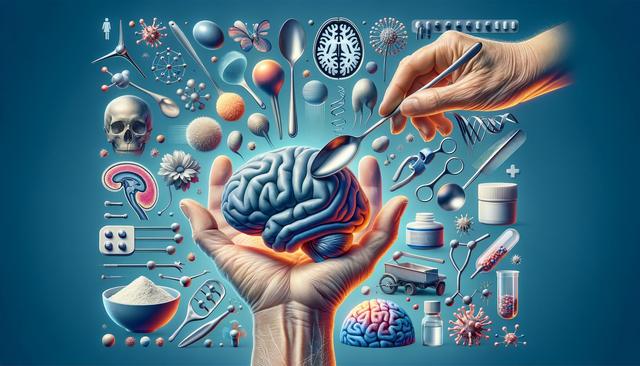What is Parkinson’s Disease?
Parkinson’s disease is a chronic and progressive condition that primarily affects the nervous system. It occurs when nerve cells in the brain that produce dopamine—a chemical crucial for smooth and coordinated muscle movement—become damaged or die. As dopamine levels drop, individuals experience a range of motor and non-motor symptoms, including tremors, muscle stiffness, slowed movement, and balance problems. Though the exact cause remains unknown, both genetic and environmental factors are believed to contribute to its development. Understanding the nature of Parkinson’s disease is essential for patients, caregivers, and healthcare professionals to manage the condition effectively and explore appropriate Parkinson’s disease treatment options.
Common Symptoms and How They Progress
The symptoms of Parkinson’s disease can vary widely from person to person, but they typically begin gradually and worsen over time. Initial signs may be subtle, such as a slight hand tremor or changes in handwriting. As the disease progresses, the following symptoms often become more pronounced:
- Tremors, especially in hands, arms, or legs
- Muscle rigidity and stiffness
- Slowed movements (bradykinesia)
- Impaired posture and balance
- Speech and writing changes
Non-motor symptoms such as sleep disturbances, mood changes, and cognitive decline can also impact daily life. Addressing both motor and non-motor symptoms is crucial to help relieve Parkinson’s symptoms and improve overall quality of life.
Exploring Parkinson’s Disease Treatment Options
There is no cure for Parkinson’s disease, but various treatment strategies can help manage symptoms effectively. Medications are commonly prescribed to increase dopamine levels or mimic its effects in the brain. Surgical options, such as deep brain stimulation, may be considered in advanced cases. However, medication and surgery are not the only approaches. Many individuals benefit from a combination of therapies, including:
- Occupational therapy to maintain daily functioning
- Speech therapy for communication and swallowing difficulties
- Parkinson’s disease physical therapy to improve mobility and reduce falls
Holistic approaches are also gaining attention. Many people explore natural remedies for Parkinson’s disease, such as dietary changes, acupuncture, and herbal supplements. While these methods should always be discussed with a healthcare provider, they can complement traditional treatments and contribute to a well-rounded care plan.
The Role of Physical Activity and Exercise
Exercise for Parkinson’s disease plays a vital role in maintaining mobility, flexibility, and overall well-being. Regular physical activity can help reduce stiffness, improve balance, and even slow the progression of motor symptoms. Tailored exercise programs designed by healthcare professionals can make a significant difference in comfort and independence. Commonly recommended activities include:
- Stretching and flexibility routines
- Strength training exercises
- Balance and coordination drills
- Low-impact aerobic activities like walking or swimming
Engaging in consistent physical activity not only supports physical health but also boosts mental health and mood, offering a comprehensive way to relieve Parkinson’s symptoms.
Support and Home Care Services for Daily Living
As Parkinson’s disease progresses, daily tasks can become more challenging. This is where Parkinson’s disease home care services can provide critical support. These services are designed to assist individuals in managing daily routines while maintaining as much independence as possible. Home care may include:
- Help with personal hygiene and grooming
- Assistance with meal preparation and medication management
- Companionship and emotional support
- Coordination of medical care and transportation
In addition to professional home care, family members and caregivers play an essential role. Education and training can equip caregivers with the tools to provide effective assistance while also taking care of their own well-being. Combining professional support with a strong personal network creates a stable and nurturing environment for those living with Parkinson’s disease.
Conclusion
Managing Parkinson’s disease involves a multifaceted approach that includes medical treatment, physical activity, supportive care, and sometimes natural remedies for Parkinson’s disease. Whether you are a patient, caregiver, or healthcare provider, understanding the range of Parkinson’s disease treatment options available can lead to a more effective and compassionate care plan. From targeted therapies to Parkinson’s disease home care services and personalized exercise for Parkinson’s disease, every element plays a role in enhancing quality of life. Staying informed and proactive is key to navigating the challenges of this condition with resilience and dignity.

Leave a Reply